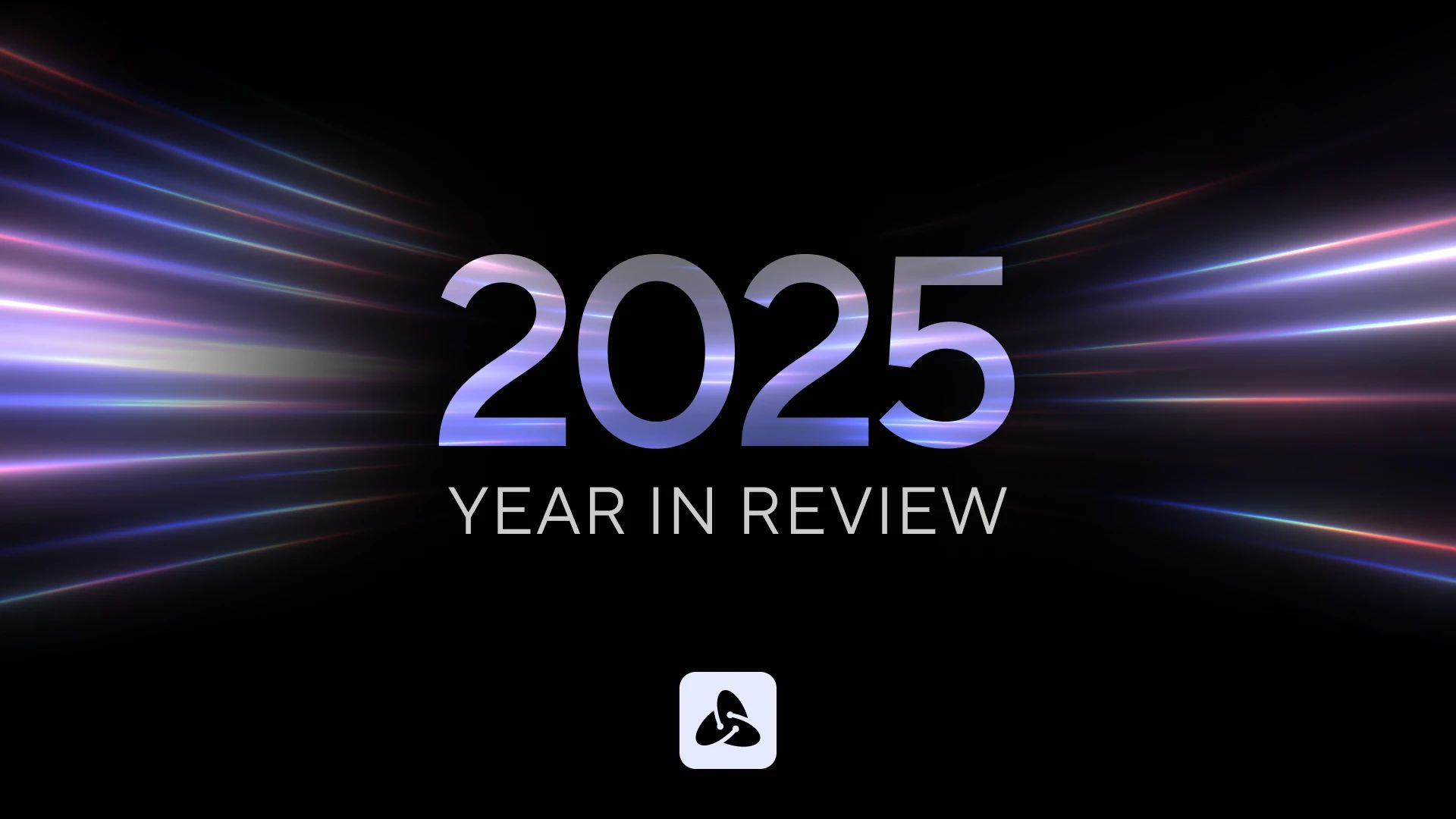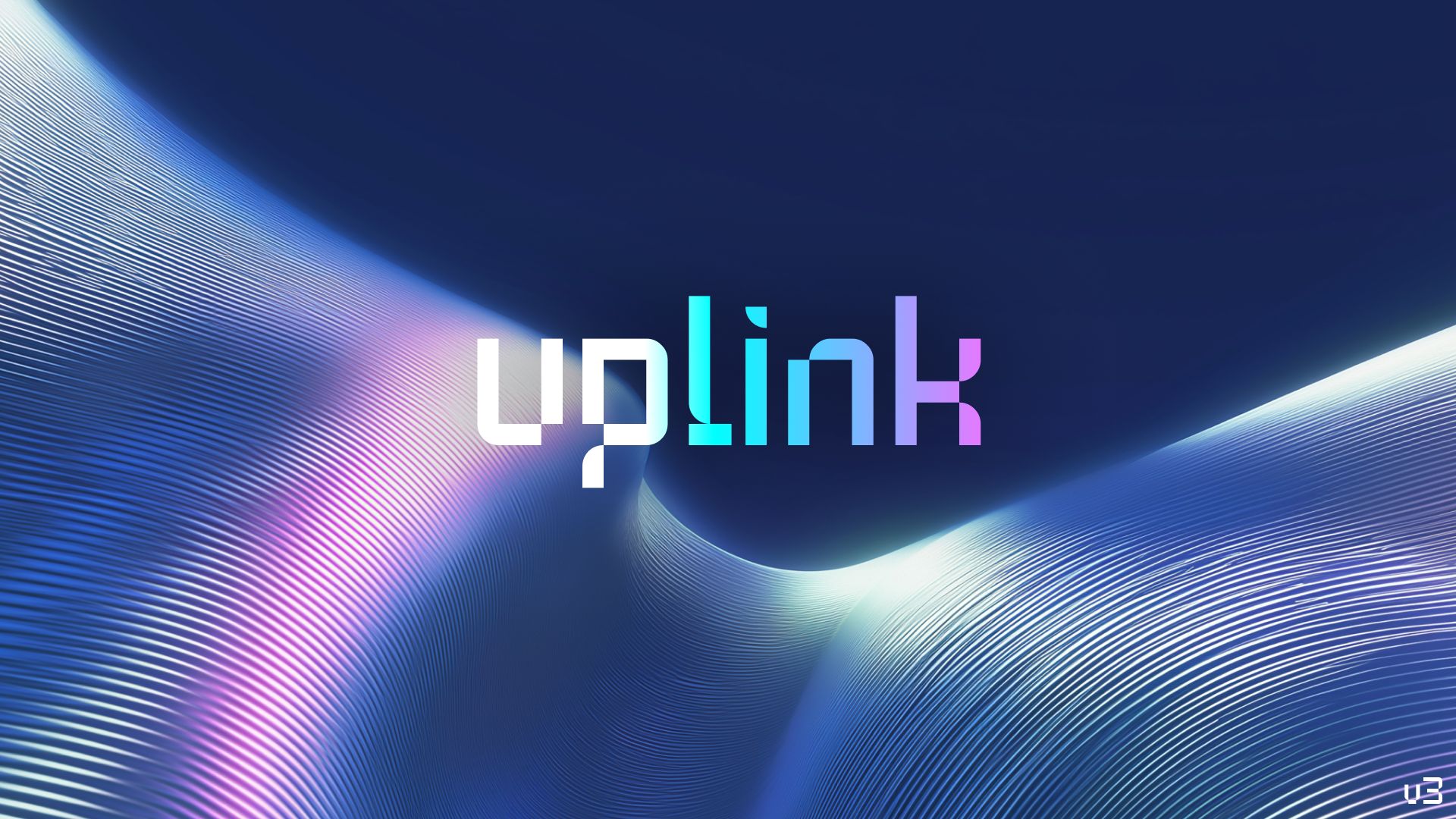How good products can influence good financial habits

Lindsay Davis
Head of Markets

In March 2008, right in the heart of the Financial Crisis, Mike Ferrari and his co-founder Jon Gaskell launched SmartyPig, an online piggy bank built to help consumers save toward specific goals.
“That was the first time the national savings rate was negative — people were actually spending more than they were saving — and there was just this realization that people couldn’t live off of credit,” Ferrari says.
“And that was really the foundation of why we started SmartyPig: we felt like this Buy Now, Pay Later mentality had reached a tipping point. But if people had the right toolset, they could start actually saving for these things in advance and not having to rely on credit.”
Ferrari’s idea worked — users were energized by the prospect of saving. People were opening accounts to save for five or more different goals simultaneously. They’d call Ferrari, elated, to share their pride about going on vacation or buying that new TV or renovating their deck debt-free.
Soon, the insights of SmartyPig were ported over to other financial institutions as an API. The business changed and it grew. Ferrari and Gaskell had done something rare in the financial space: they’d used product to incentivize saving rather than spending. In 2015, Q2 Holdings acquired Ferrari and Gaskell’s company for $10.6 million.
This week, we caught up with Ferrari, who is now a member of Atomic’s advisory board to discuss the power of product, pivots, and the pace of change in fintech.
Q: Buy Now, Pay Later is undergoing a digital renaissance. Our central conflict with BNPL and credit card rewards is that they incentivize spending rather than incentivizing savings. How important was it for you to use SmartyPig to flip those incentives while building in the financial crisis of unknown duration?
Well, it was everything, right? I mean, it was the idea itself. People are insatiable; we want things now. We live in a world where it’s very easy to get a credit card, and very easy to purchase things immediately.
But what we did notice is that there’s an interesting emotional reaction to saving up for something and then buying it later.
I was taking all of the customer service calls at the time and people would call just to tell us how wonderful our product was. They wanted to share their feeling of empowerment, like, ‘Oh, my gosh, this is the greatest thing! We literally took a vacation, and we’re back and we realize that we’re not in debt.’ It was something that people needed to experience to really appreciate it.
From there, once they got used to the idea of saving, they started to rapidly create multiple goals. Most people had five-to-eight different goals going on at any particular time. And you’re just putting maybe 10 bucks to this one, 20 bucks to this one, 40 bucks to this one. But it became kind of a habit — almost an addiction — for a lot of people once they started using it.
At the time we launched SmartyPig, Twitter and Facebook were just getting started, but one of the unique things that we really wanted to do was to tap into social media and social networks. We were playing around with the APIs for Facebook and Twitter and were all, ‘It would be really cool if every time you added money to your SmartyPig goal, it would trigger a tweet to your followers letting them know that you’re saving for something.’
People always say it’s so much easier to run a marathon when you tell people that you’re going to run it, right?
[Yes, we can confirm] We tried to apply the same logic to incentivize saving. It’s nothing new now, but at the time, it was a pretty innovative integration.
Q: What got you excited about joining Atomic’s advisory board?
I’ve known Jordan and Scott for a while now and I’ve always had a connection with them. Cognitively, we process things very similarly from a product perspective and we have a shared desire to build. When I heard what Jordan and Scott were up to, it was exciting, because it’s an untapped data source that I just don’t think anybody has ever really tackled.
Rarely do you find yourself in fintech these days seeing something truly new. Twelve years ago, when I was thinking about SmartyPig, I first thought,
‘Well, let me Google this, because I’m sure there’s some company out there in Silicon Valley that’s doing this. I’ll just use their product.’
But when I didn’t find it, it hit me, ‘Oh, my gosh!’ That’s the lightbulb moment.
I had that same feeling when I heard Jordan describe what he wanted to do. I was surprised someone hadn’t tackled it quite yet, because there’s so much untapped data: the commercialization of payroll data, access to payroll data, and the interesting things that you can do once you have access to those applications. This is going to open up opportunities in lots of different industries, things that I’m sure I’m not even thinking of. The payroll deposit aspect will just be one component.
When it comes to neobanks, in order to monetize a customer, you have to get their payroll deposit, you have to get the payroll into the card, or else you just aren’t going to generate the interchange. But even when it comes to industries like identity verification and others, I just started thinking about how a lot of this data could be leveraged in creative ways.
That was really the exciting part about Atomic’s payroll API market for me: this untapped marketplace that will grow as more people understand and realize the state that is now easily accessible through APIs.
Every founder experiences the high highs and low lows of building a startup with roadblocks that are anticipated for but many are unexpected.
Q: What pitfalls did you experience along the journey that you would advise Atomic and other early-stage founders to try to avoid?
How long do we have? 😉 I mean, you’re obviously going to face a lot of challenges.
The thing that you have to be able to do is just be adaptive to what you’re hearing and what you’re learning. You have to realize that perhaps what you intended to create or build may change and you have to be a little fluid in your thinking.
With SmartyPig, we launched a consumer product and ended up finding that the greatest value and asset to the company was a core processing API.
Like, I was the product guy, but here I am selling APIs? That’s not very sexy, but it was the right decision for the company, and it was the way to really grow the business.
Similarly, I see a lot of different opportunities that will come up with Atomic as the company grows, they’ll obviously be listening to the market, listening to their customers, and new products that they hadn’t even envisioned will be on the roadmap in the next 12-to-24 months. They will be adaptive and ready to react. Those are the things that you learn; it’s just a matter of being able to do that efficiently and quickly, and not dwell on certain other things. I think those skills are what lead to the success stories.
Pivoting to adapt to the market we’re in is an integral mindset for founders. Fintech founders are bringing the “innovate or die” operating philosophy to an archaic space that is decidedly static: banking and finance.
Q: How can agile startups change the rigid culture of financial services?
Well, I’m sure it’s scary for a lot of financial institutions. I mean, the landscape is being shattered. Look at what we just heard over the last few days — we’ve seen hundreds of millions of dollars pour into neobanks that were initially focused on kids! Like, what? This is crazy. These are unicorn companies and they have millions of customers already.
I keep saying this people:
The millions of customers that use Chime and the millions of customers that use Credit Karma are coming from somewhere. It’s eroding the banking system slowly.
Especially when you see great companies like Greenlight and Current with customers that are kids who will probably never be exposed to the Wells Fargos of the world. It’s changing things so quickly. [Gen Z neobanks were also the topic of our podcast you can listen to here.]
Banks need to learn how to adapt and figure out how to play nicely with the fintech folks and then see what they can bring to the table.
Because at least for the time being, there is a need for many of these early-stage fintech companies to partner with regulated financial institutions.
One of the original visions for SmartyPig was to enable consumers to build their savings and introduce them to smart spending programs while achieving their goals.
What jobs are still left to be done by fintech?
A lot of what you’re seeing is still just the piping. Right now, in fintech, the infrastructure is being simplified. Companies like Moov and many others are trying to tackle the behind-the-scenes part of finance. Frankly, these companies have made it relatively easy and painless to build a fintech product these days. There are such easily accessible software platforms that you can cobble these things together.
It may have taken 18 months to go build something back in the day, but now you can make a phone call and be live with a sandbox API, and you can probably launch a product in a few weeks.
That used to be unheard of.
This explosion of baking-as-a-service platforms and API and software companies are improving the speed at which money moves and so much more. We haven’t even talked about crypto or the blockchain, but that will be very impactful. And then, there are all these companies providing access to data in ways that we’ve never seen, which is exactly what Atomic is doing.
These different software-as-a-service providers are allowing people to now build on top of them in much, much faster and more efficient ways than we’ve ever seen. So, with the infrastructure now in place, I think we’ll see fintech tackle more and more financial problems in the years to come.
Last question: what’s one thing we should be reading or listening to if we want to better understand the future of finance?
I’ve been enjoying just hopping on a Clubhouse and listening. They have some really good fintech roundtables — they have a thing called Fintech Fridays. I’ve just love listening to that!
Who is next in Atomic’s Advisory Board Interview Series?
Hint: He’s been a core player in the fintech ecosystem and we’ll reveal who next week.


